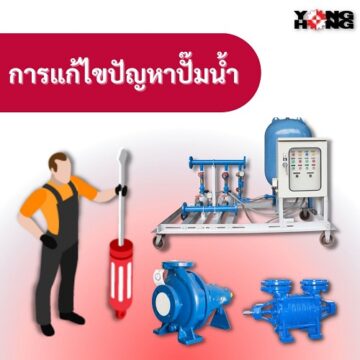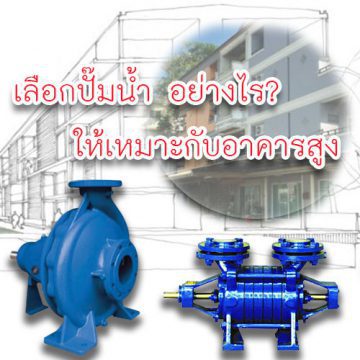A foot valve is a type of check valve used in a pumping system or pipeline to prevent the backflow of fluid. It is typically installed at the inlet of a pump or at the bottom end of a suction pipe. The primary function of a foot valve is to maintain prime (a continuous flow of liquid) in the pump and prevent the pump from losing its prime when it is turned off.
Here’s how a foot valve works:
1. Position: The foot valve is usually located at the end of the suction line and submerged in the fluid (liquid) source, such as a well, pond, or tank.
2. Check Valve Mechanism: The valve contains a one-way check valve mechanism that allows fluid to flow only in one direction. When the pump is running, the valve is open, and fluid can enter the pump freely.
3. Priming: When the pump is turned off, the foot valve closes due to gravity and prevents the fluid in the pump and the suction pipe from flowing back into the source. This action helps in maintaining the pump’s prime, ensuring that the pump doesn’t need to be re-primed each time it starts.
4. Uninterrupted Flow: By preventing the backflow of fluid, the foot valve ensures an uninterrupted flow of liquid into the pump’s suction line, which is essential for the pump’s efficient operation.
Foot valves are commonly used in various applications, such as well pumps, submersible pumps, and irrigation systems. They come in different materials and sizes to suit different fluid types and flow rates. It’s essential to choose the right foot valve based on the specific application requirements to ensure optimal performance and longevity of the pumping system.
YOTUBE: YONGHONG









